The Cost-Effectiveness of Multi-Head Weighing Machines vs. Manual Weighing
Multi-head weighing machines and manual weighing have been prevalent methods for determining the weight of items in various industries. However, with advancements in technology, multi-head weighing machines have gained considerable attention due to their superior efficiency and cost-effectiveness. This article aims to explore the cost-effectiveness of multi-head weighing machines compared to manual weighing.
Speed and Efficiency
Multi-head weighing machines utilize multiple weighing heads, which simultaneously weigh and distribute products into different weight ranges. This parallel processing significantly reduces weighing time, resulting in increased throughput. In contrast, manual weighing requires a human operator to weigh each item individually, which is significantly slower. The speed advantage of multi-head weighing machines translates into reduced labor costs and increased production capacity.
Labor Savings
Manual weighing relies heavily on manual labor, requiring operators to be physically present and perform repetitive tasks. Multi-head weighing machines, on the other hand, are automated and can operate with minimal human intervention. This eliminates the need for dedicated weighing staff, reducing labor costs and freeing up employees for other value-added activities.
Accuracy and Consistency
Multi-head weighing machines employ advanced sensors and algorithms to achieve high levels of accuracy. The multiple weighing heads compensate for individual head variances, ensuring consistent and repeatable weighing results. Manual weighing, on the other hand, is prone to human error, which can lead to inconsistencies and inaccuracies. Consistent and accurate weighing is crucial for maintaining product quality, minimizing giveaway, and ensuring compliance with industry standards.
Maintenance and Downtime
Manual weighing requires regular maintenance of scales and equipment, which can be time-consuming and expensive. Multi-head weighing machines, while requiring some maintenance, generally have lower maintenance costs due to their automated operation and robust design. Additionally, when a manual scale requires adjustment or repair, the entire weighing process is disrupted, resulting in downtime. Multi-head weighing machines, with their multiple weighing heads, can continue operating even when one head requires maintenance, minimizing downtime and maximizing production efficiency.
Conclusion
Multi-head weighing machines offer significant cost-effectiveness advantages over manual weighing. Their speed, efficiency, labor savings, accuracy, and reliability make them the preferred choice for industries seeking to maximize productivity, minimize costs, and improve overall weighing operations. The investment in a multi-head weighing machine can yield substantial returns in the long run by reducing labor costs, increasing throughput, and ensuring consistent product quality.
-
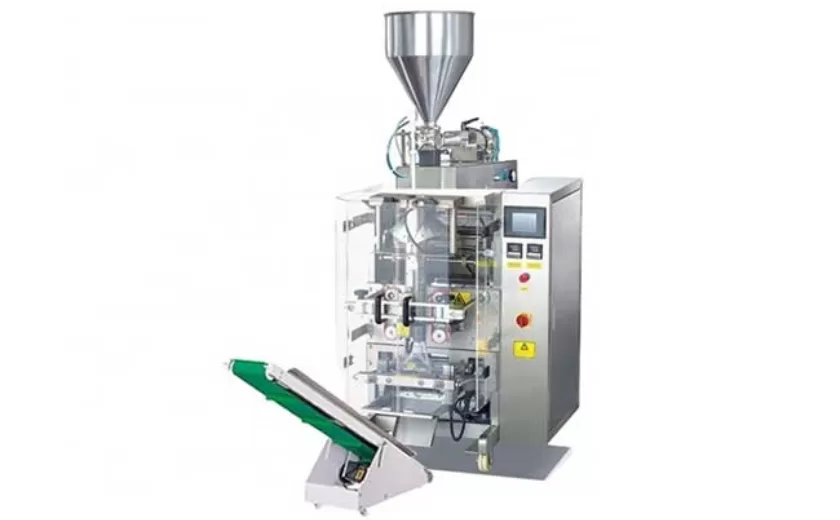
Advanced Packing Solutions: Snacks, Sugar, and Frozen Food Machines
29-10-2025 -
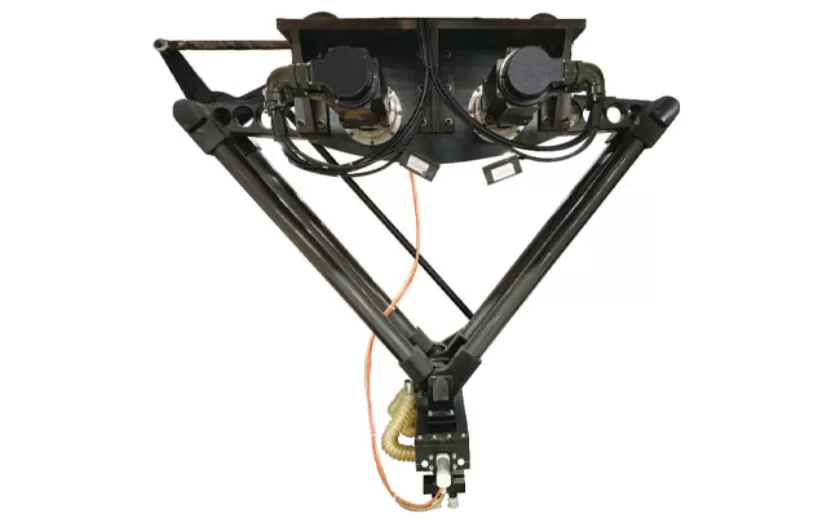
Efficient and Reliable Solutions for Salt, Nuts, and Frozen Dumplings Packing
29-10-2025 -
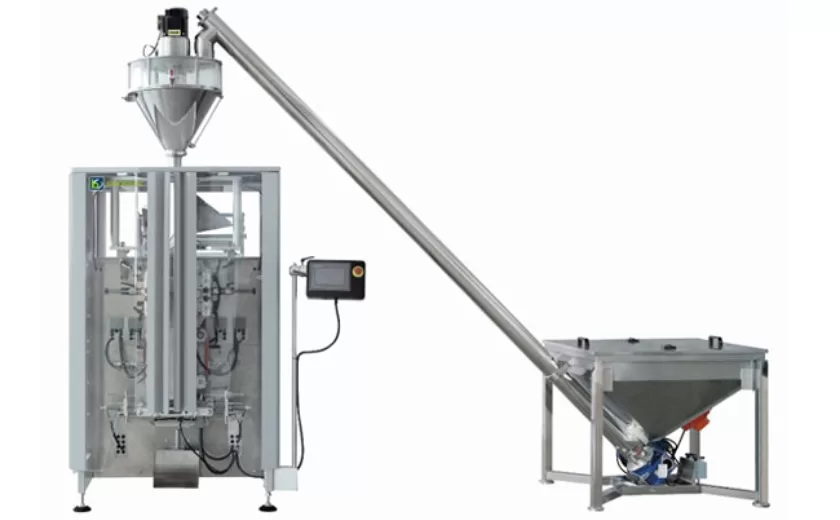
High-Performance Biscuits, Lollipop, and Ketchup Packing Machines for Modern Food Production
29-10-2025 -

Efficient Liquid Filling and Packing Machines for Modern Production
23-10-2025 -
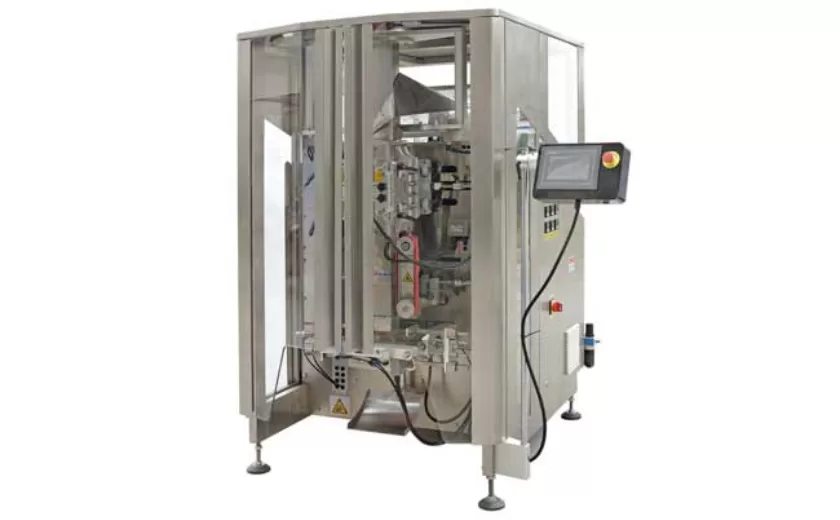
Reliable Granule Packaging Machines for Efficient Production
23-10-2025 -

Efficient Auger Powder Filling Machines for Accurate Packaging
23-10-2025 -

High-Performance Liquid Filling and Packing Machines for Hygienic Production
10-10-2025 -

High-Efficiency Granule Packaging Machines for Precision and Speed
10-10-2025 -

High-Precision Auger Type Powder Filling Machines for Efficient Packaging
10-10-2025 -
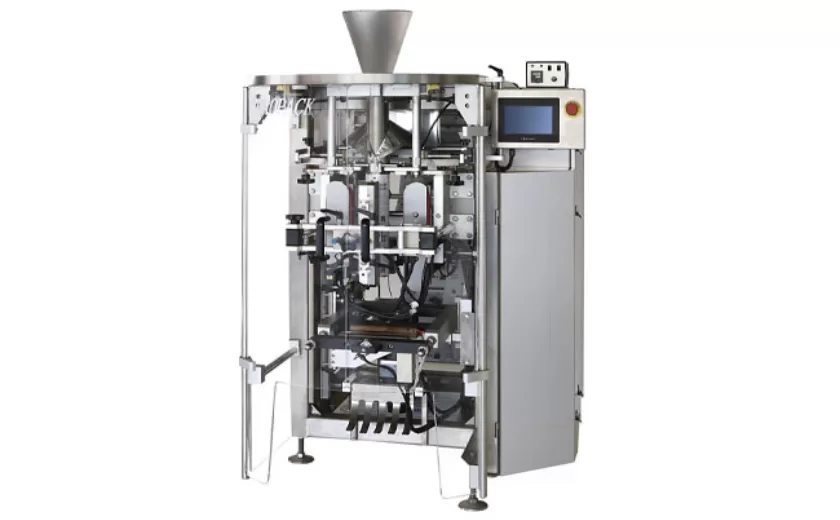
Efficient Vertical Form Fill Seal Packaging Machines for Smart Production
10-10-2025





